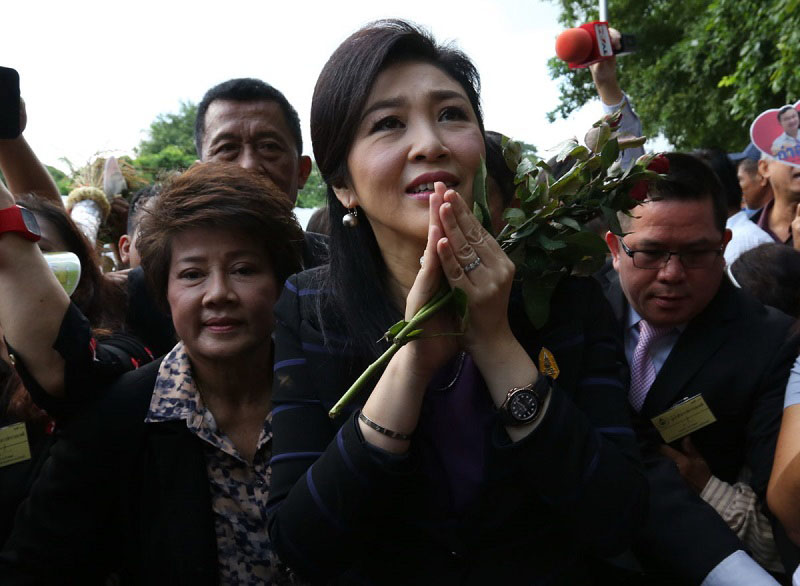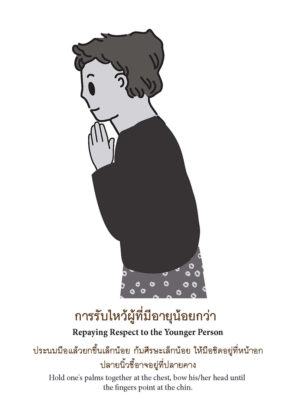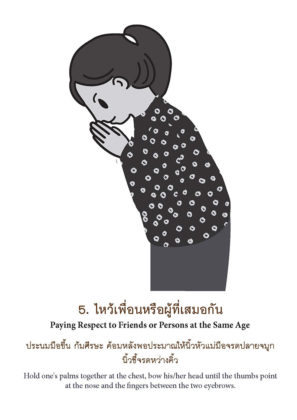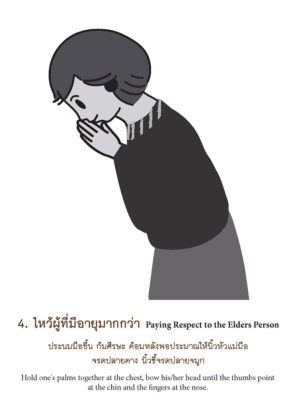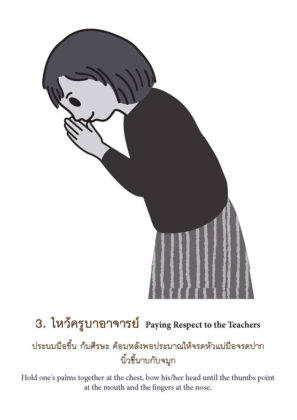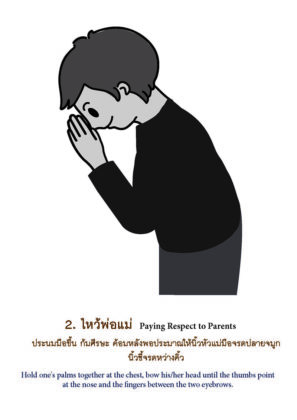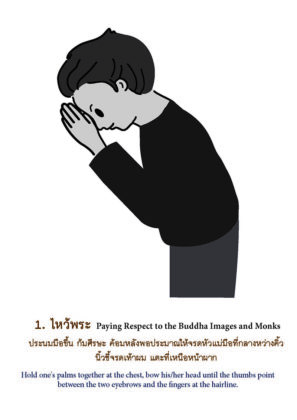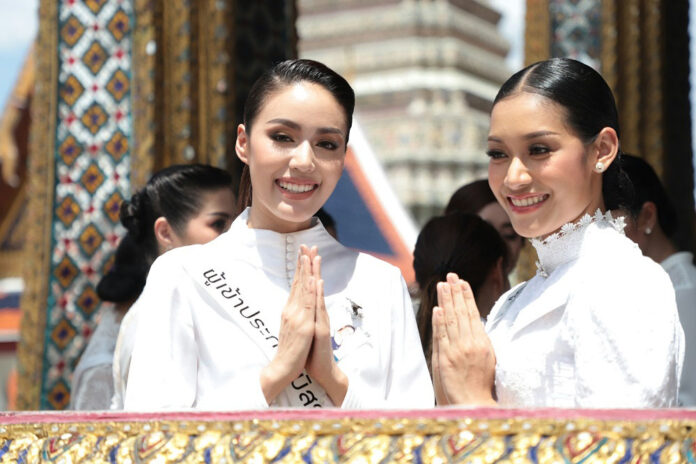
BANGKOK — Instead of kissing each other in the cheek and shaking hands, why not adopt the Thai way of greeting as a safe alternative during the time of coronavirus outbreak?
Even a senior official at the World Health Organization suggested adopting the wai to lower the risk of disease transmission. There’s also a report that overseas Thais are promoting the greeting as the epidemic continues to worsen in the Western countries.
“We need to adapt to this new disease,” WHO director of global infectious hazard preparedness Sylvie Briand wrote in a retweet of a comic strip featuring several alternatives to handshakes, one of them the Thai wai.
We need to adapt to this new disease #COVID19 https://t.co/SiCL6dX2dQ— Dr Sylvie Briand (@SCBriand) March 1, 2020
According to media reports on Friday, Thai students at Brighton, UK, are also acting as cultural ambassadors by teaching younger students at Brighton College Prep School the greeting in an effort to decrease the coronavirus spreading.
So what is the wai, and how do you do one properly?
How to Wai?
The wai is a Thai greeting gesture derived from Indian tradition, also used to thank, apologize, and venerate.
First things first, the wai is usually offered to those in higher social standing. Wais are not given to someone younger except as a reply to their wai.
Of course, for the full Thai experience, you can say sawasdee, followed by the polite particle krup if you are a man or ka if you are a woman. Those who don’t identify with their birth sex can adopt either krup or ka.
To wai, put your palms together and hold them up to the middle of your chest and slightly bend your head so that the fingertips just touch your chin. This is the first level of wai used with equals or in most social situations. Both parties wai simultaneously.
When wai-ing someone who is above you in social standing or age the wai moves up closer to the face and the bow is lower.
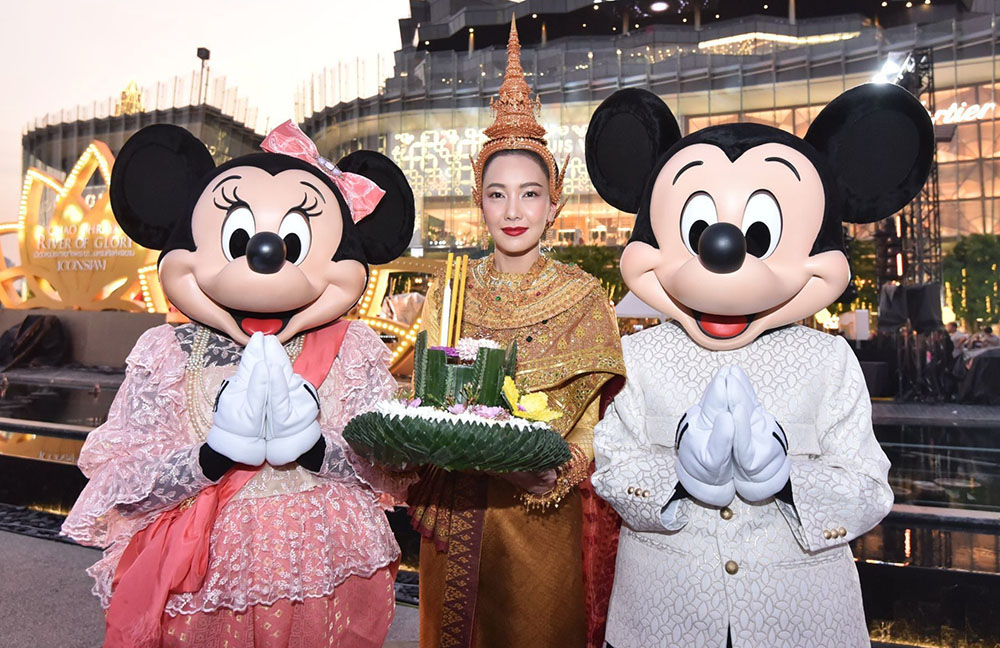
To do the second level of wai, for elders such as parents, grandparents, teachers, and so on, the thumbs are at the tip of one’s nose while the index fingers are between the eyebrows. Bow from the waist.
Finally, the third level of wai is for monks or sacred areas in Buddhism. The thumbs are between the eyebrows; the index fingers point up past the forehead. Bow so that your face is parallel to the floor, with back bent.
Try to keep your elbows close to your body so you don’t look like a farang hippie on their first trip to Asia. And we don’t usually wai back to service staff, such as cashiers and security guards. A nod or a smile will suffice.
*Unless you’re a politician, then you wai everyone in sight.
